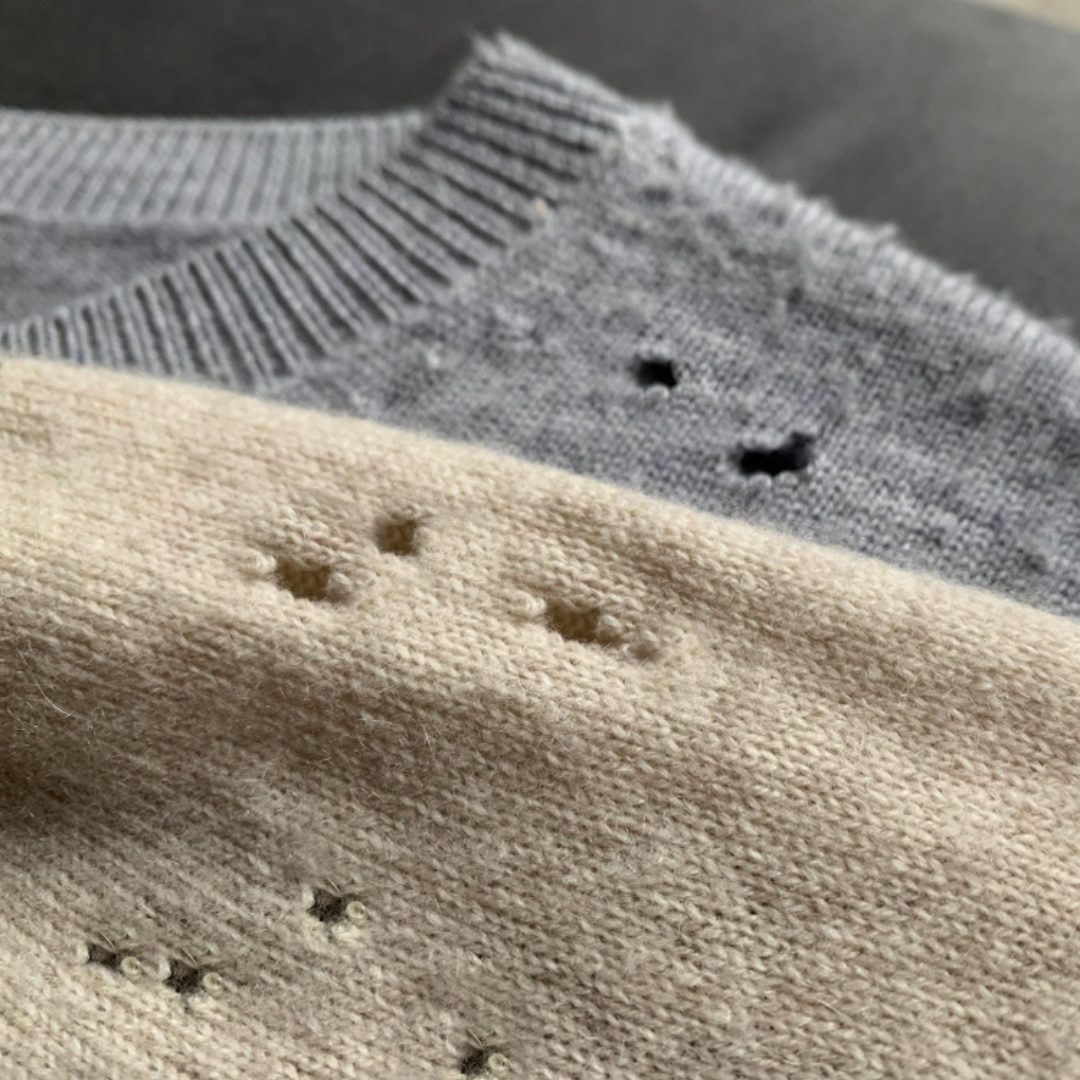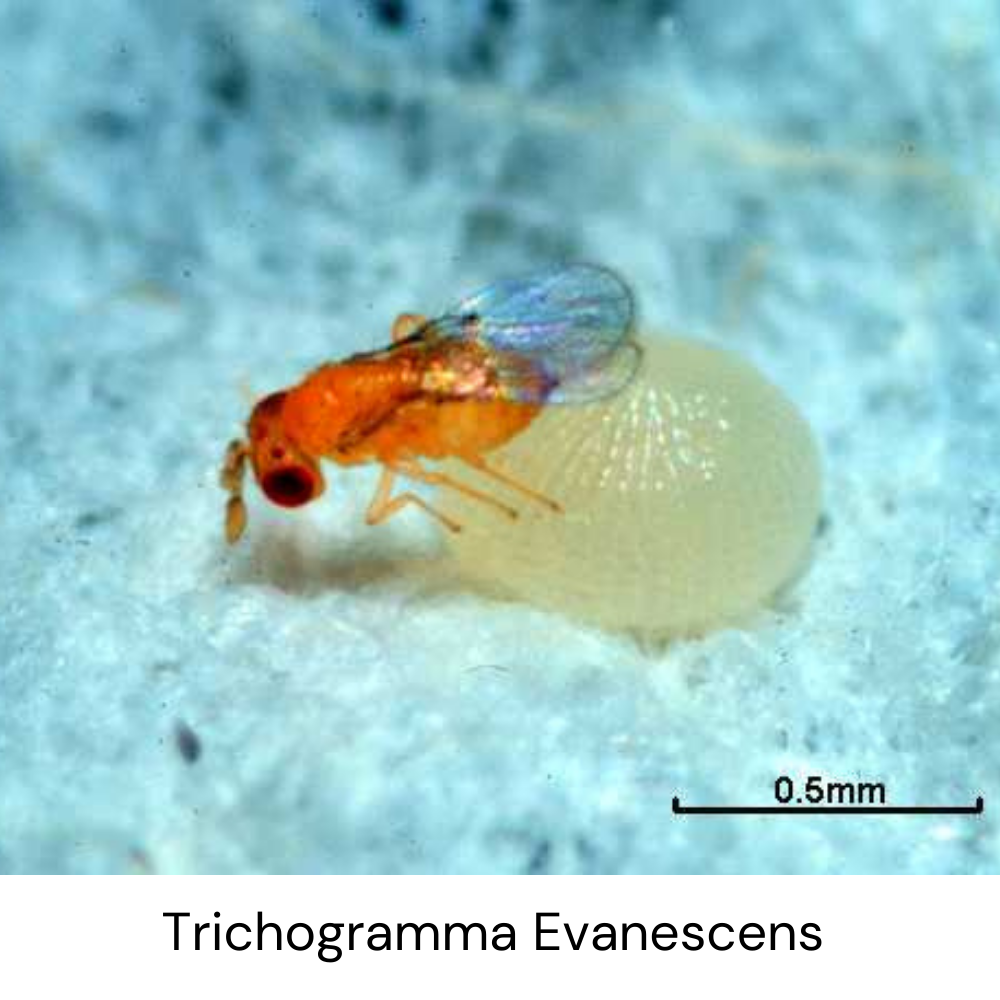
Biological Moth Control
Biological control of moth
The biological control of moth is relatively new as an application for the types of moth that we find in our homes, but has the potential to provide an alternative viable solution in certain circumstances. It is a method widely used in the control of moth in agricultural settings.
What is it?
This method uses a predatory insect that is virtually invisible to the human eye and one that will seek out and destroy the eggs of the moth. The insect has no effect on the human environment, it will go about its work invisibly and silently and then die off once its job is done.
These insects are introduced into the property as eggs and allowed to hatch into each of the effected areas, whether that be a bedroom or wardrobe or loft they will hatch and go in search of the moth eggs wherever they are.

What are the limitations?
The main problem is that virtually no experimentation has been done with this insect on its efficacy inside properties. From our own trials in domestic properties the introduction of Trichogramma Evanens reduced moth numbers at 80% in some circumstances. This is a good result of course, but not better than can normally be achieved with conventional chemical treatments. However in some areas the moth numbers did not drop by nearly such a marked degree, and it is unclear exactly why at this point. It may be to do with how close to the centre of the infestation the Trichogramma are released. It might be an issue of mobility with the insects themselves, of them finding their way under fitted carpets and floorboards may be too much to expect.
Another consideration with the application of these insects is the timescale. It is a longer process and takes longer to see an effect than with chemical treatments. The ongoing effectiveness can only be measured by introducing monitoring traps, but the pheromones in the traps will attract the Trichogramma and trap them also.
So whilst there is great potential with Trichogramma to provide another chemical free alternative, more research needs to be done to understand how to make it a viable solution for moth infestations inside properties.
Will I see them?
This predatory insect is about 0.2 -0.5mm long so as good as invisible to the human eye and small enough to find its way into the tiniest of spaces where moth eggs might have been laid – including amongst clothes!
This seems too good to be true – what are the downsides?
There is one disadvantage with this method of biological control, which may be more significant in the worse infested properties, which is that because the predatory insects only attack the moth eggs, all the larvae that have emerged before the insertion of the predatory insect will have to run their natural course, which means that the effects of starting a course of biological treatment may not be seen at best for a few months, and very likely not until the following season.
Advantages:
- Potential for higher levels of control over time
- No toxic substances introduced into the human environment
- Moth could potentially be eradicated from inaccessible areas: under floors and fitted carpets, in cellars, lofts and eaves, in cavity walls (wool insulation can harbour moth)
Disadvantages:
- No immediate effect after commencing a treatment program
- More visits from the pest controller may be needed to assess and manage the progress of the predatory insect
- Cannot work in direct conjunction with other control methods
Longer term solution
It may be that the biological control of moth is more of a long term approach to low or medium infestations than an immediate solution to high levels of infestation. It could also be used in conjunction with or a few months after a pesticide treatment – for instance the carpet or floor area of a bedroom might be better off treated with pesticide but the wardrobes with the predatory insects.

Get a free quote or book a survey
Fill in the form or call 03333 399 654 to arrange your free quote or site survey.
